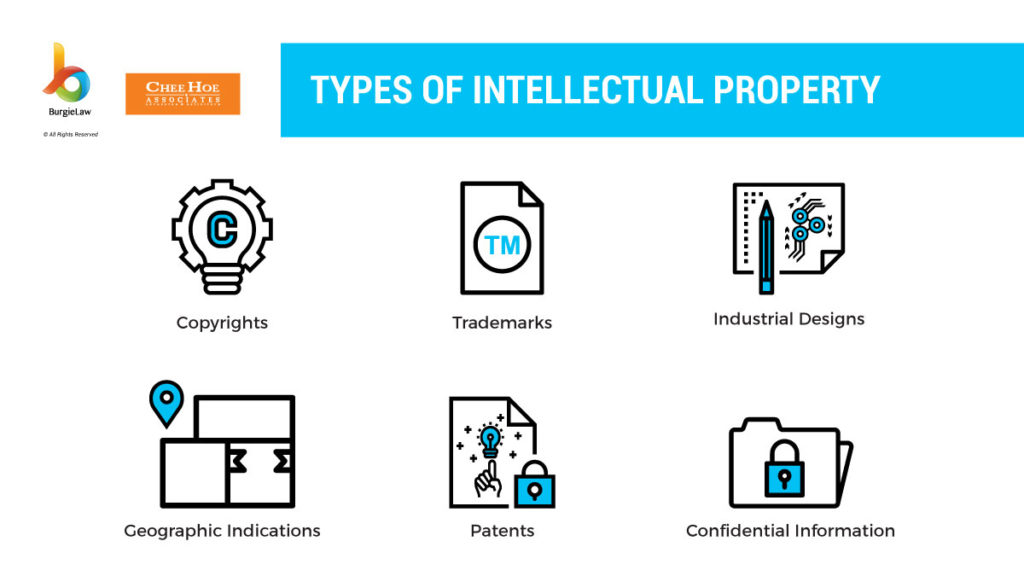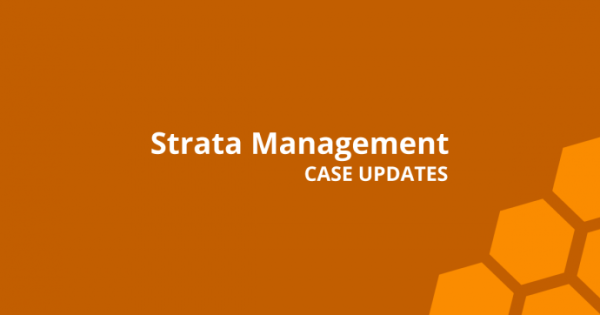Intellectual Property & Their Differences

Unless you’ve lived on a remote deserted island from birth for your entire life, you’ve definitely encountered intellectual property (IP). The term is defined by the World Intellectual Property Organization as,
…creations of the mind, such as inventions; literary and artistic works; designs; and symbols, names and images used in commerce.
The intention of intellectual property law is to protect the ideas, inventions etc. and the interests of their creators.
By exchanging rights for disclosure or use of a creation, IP law helps promote progress while fostering a safe environment that allows creators to benefit – financial incentive being the most common benefit. This system also helps maintain economic growth as it encourages fair trade.
There are common types of intellectual property all around us in our daily lives. From the media to the very furniture you use, the buildings that offer you shelter, the songs you hear on radio etc.

COPYRIGHT
Copyright is the exclusive rights given to creators for their work. It covers intellectual property like novels, art, dance choreography, computer programs etc. Copyright protection falls under the Copyright Act 1987 and Copyright Regulations 2012.
For example, if you draw a portrait, all rights to the portrait are yours including usage, derivative works and reproduction.
TRADEMARK
A trademark is the rights to the unique logo, brand and brand name(s) that the public uses to identify you. For example, the Nike ‘swoosh’ logo and brand slogan “Just Do It.” are forms of Nike’s trademarks. Trademarks are covered under the Trade Marks Act 1976 and Trade Marks Regulations 1997. An increasingly difficult task is ensuring that whatever intellectual property you wish to register as a trademark is distinctively unique and not in any way similar to another brand as to cause confusion.
CONFIDENTIAL INFORMATION
This is pretty self explanatory – information that is not meant for the public eye. For example, trade secrets, plant secrets, software, a company’s marketing strategies etc. are considered confidential information. There are no “official” processes to register confidential information for protection however it’s still possible to protect this kind of intellectual property. For example, ensuring that all your new hires sign a Non-Disclosure Agreement to legally prevent them from spilling your company’s secrets.
INDUSTRIAL DESIGNS
These are the rights to particular details (eg. shape, pattern, configuration etc) that is applied to an item by industrial means or processes. Essentially it covers the visual design of objects that are not purely functional. A A purely functional object would be for example, a nut or bolt. Industrial Design protection is governed by the Industrial Designs Act 1996 and Industrial Designs Regulations 1999.
PATENTS
A patent is a type of grant that gives inventors exclusive rights to their inventions (similar to a copyright). However, they are issued by the government to owners. Patents also prevent others from stealing your invention and ideas and manufacturing them elsewhere, using and/or selling your invention without consent etc. Utility innovations are inventions that are new and industrially applicable.
A strict rule of patents is that they are only given to new inventions that are industrially applicable and involve innovative/inventive steps. For example, if you designed a standard computer mouse using pre-existing technology and it was no different than other computer mice, your invention is not likely to be patentable.
GEOGRAPHICAL INDICES
This kind of intellectual property is a product from a specific location that gives it the special quality/reputation/characteristics. For example, Cameron Highlands Strawberries, Sumatran Coffee, Peruvian Silk etc.
If you do not produce the products in the specified region, you cannot use this right. The laws that govern geographical indices are under the Geographical Indications Regulations 2001.


